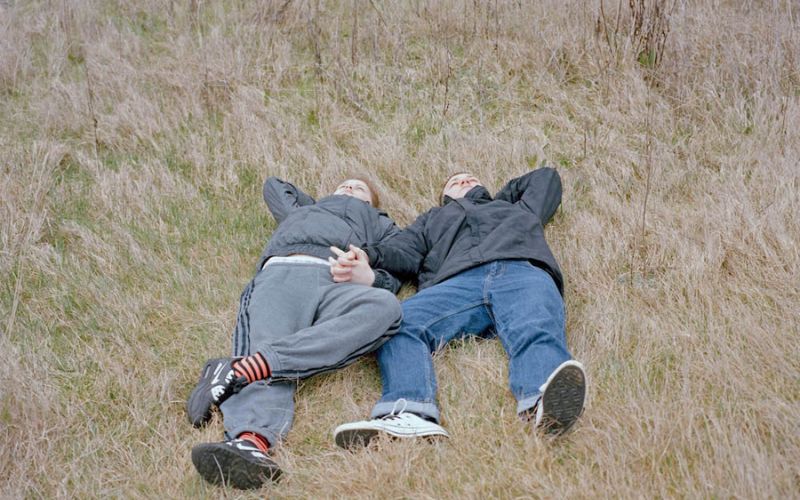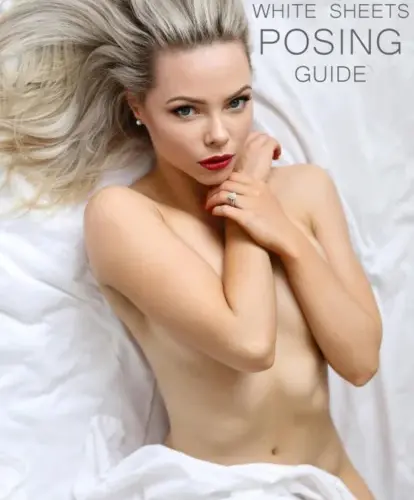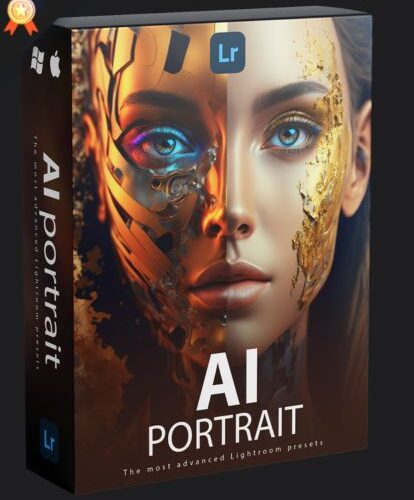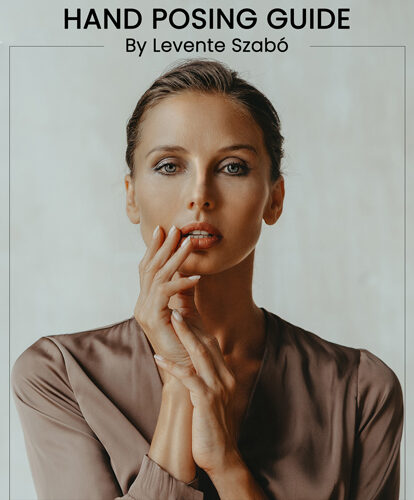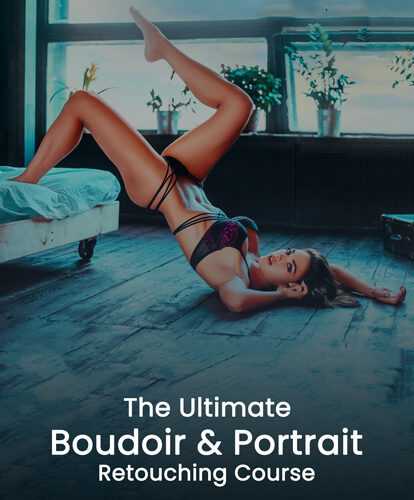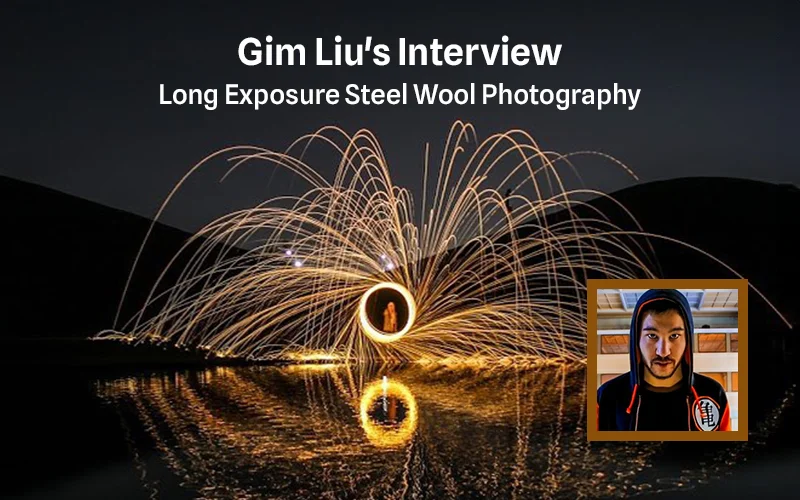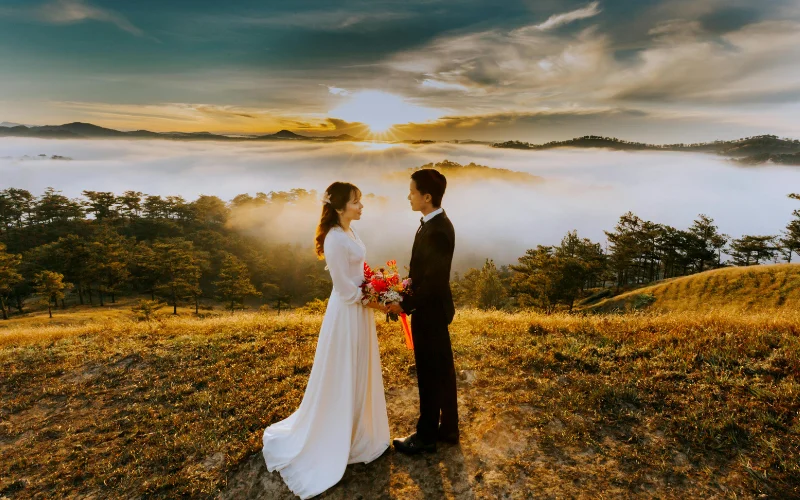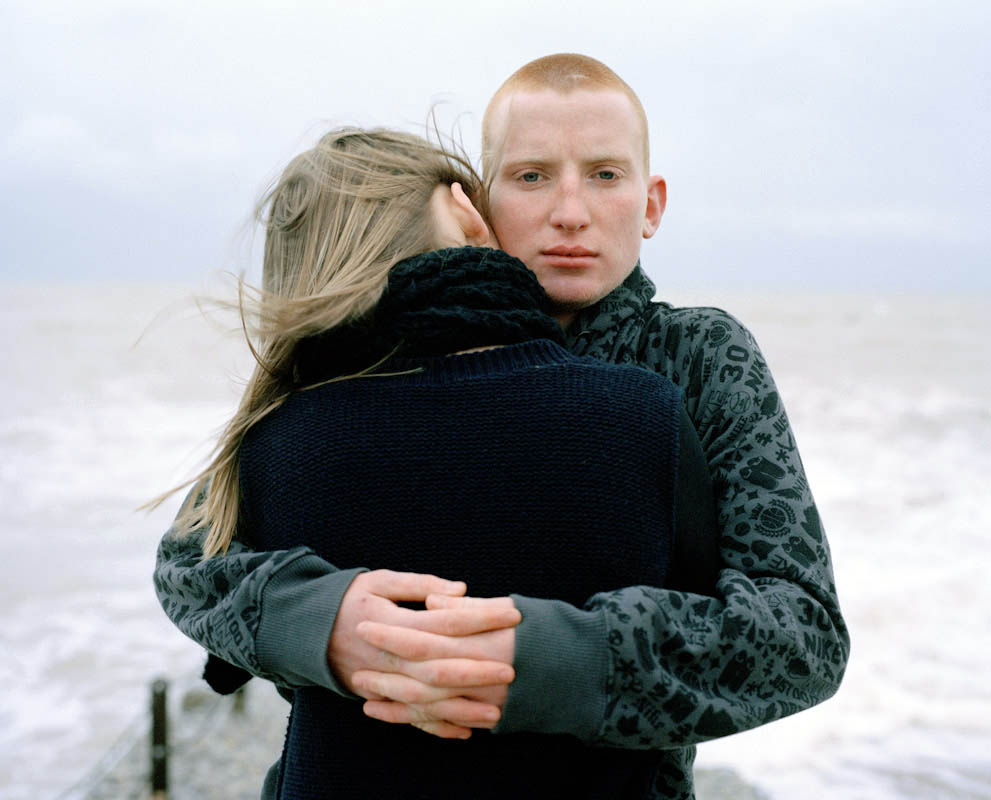
The photograph above is from a series entitled Young Love by documentarian/portraiture photographer Laura Pannack. There are a total of 12 images in it. And like many of Pannack’s photographs, the images are tender explorations into their subject’s moment. They all have that remarkable intensity (or oftentimes desperation) which many of Pannack’s images shout. Their faint backgrounds and stark expressions melding together to utter what needs to be said. These are images meant to be taken whole and taken at their quiet-loud volume.
Laura Pannack has received many awards and nominations including first prize in the Portraits Singles category of the 2010 World Press Photo awards. Her work has been featured by Le Monde, the Guardian, and the Wall Street Journal. She has also worked with several non-profits including Save the Children.
In this interview, Pannack reveals why she prefers shooting in color, how she got her start in photography, and why photography is an extension of drawing.
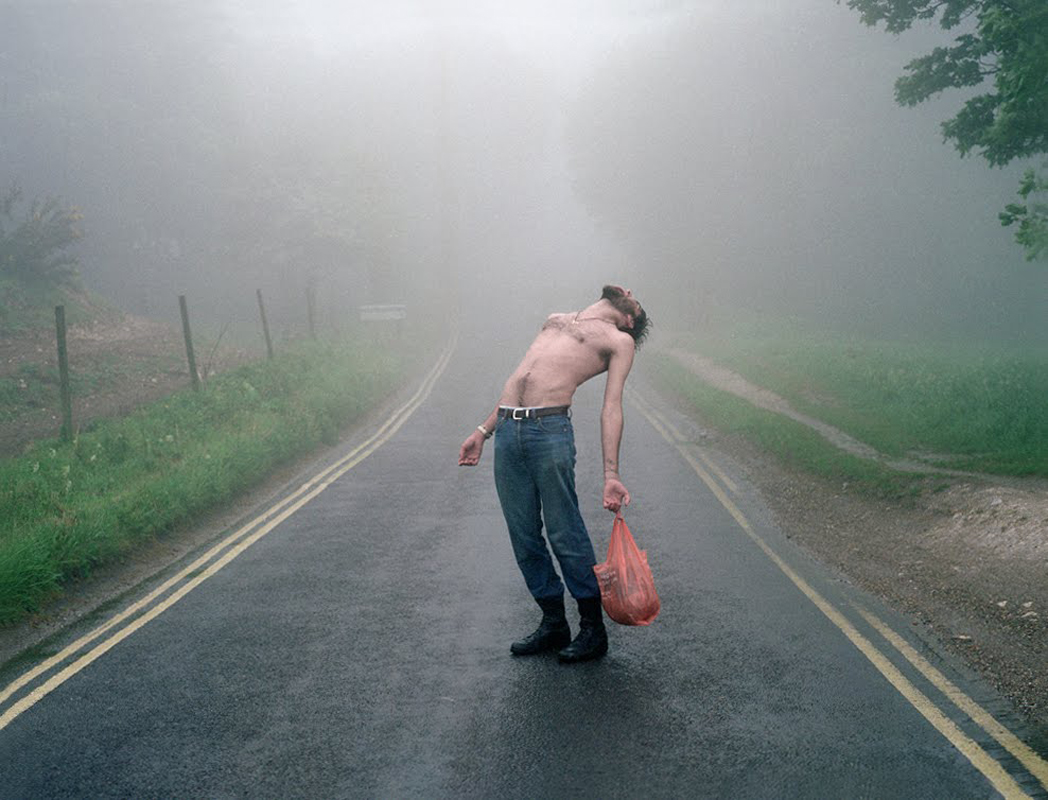
Your photography has been received very well and won many awards, including from the World Press. But how did you get your start? What drew you to photography?
It’s something I get asked a lot, i.e. where did it start etc? I have always been interested in art. I completed a foundation at St. Martin’s in art and design. Originally, I was obsessed with painting and drawing and I miss it greatly. I then pursued graphics before completing a short course in photography. I instantly loved it. It felt liberating and limitless. My dad is a photographer. So the memories I have with him were at a young age tipping trays in the dark room or playing in the studio. It is something I associate with fun and creativity. Now for me photography is many things and, in a sense, an extension of drawing.
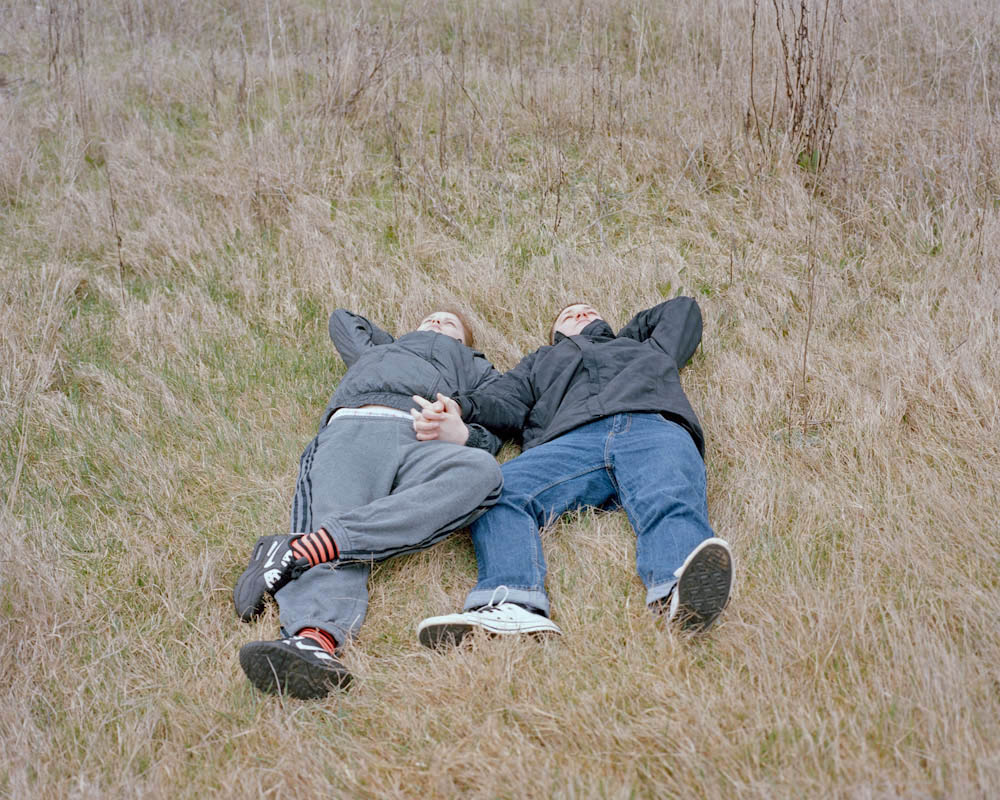
Your personal projects are very much focused on the British landscape and people. What do you wish to show the world about that place and culture?
It’s not something I actively try to communicate. I work in London and the UK because I find it the most challenging (and I guess convenient). I think it’s important to utilize familiar surroundings, look beyond the ordinary, or even see beauty in it. When visiting a new country I find inspiring, its fresh visuals can easily provide new frames; however it’s a frustrating burden to know that my knowledge and understanding of the place will be limited. Living in the UK has allowed me to understand certain traditions and ways of life. I am eager to explore and shoot elsewhere but there is so much yet to do in the UK. It harbors a diverse multi-cultural population and many of my projects tend to focus on universal themes: Love, adolescence, religion and family etc.
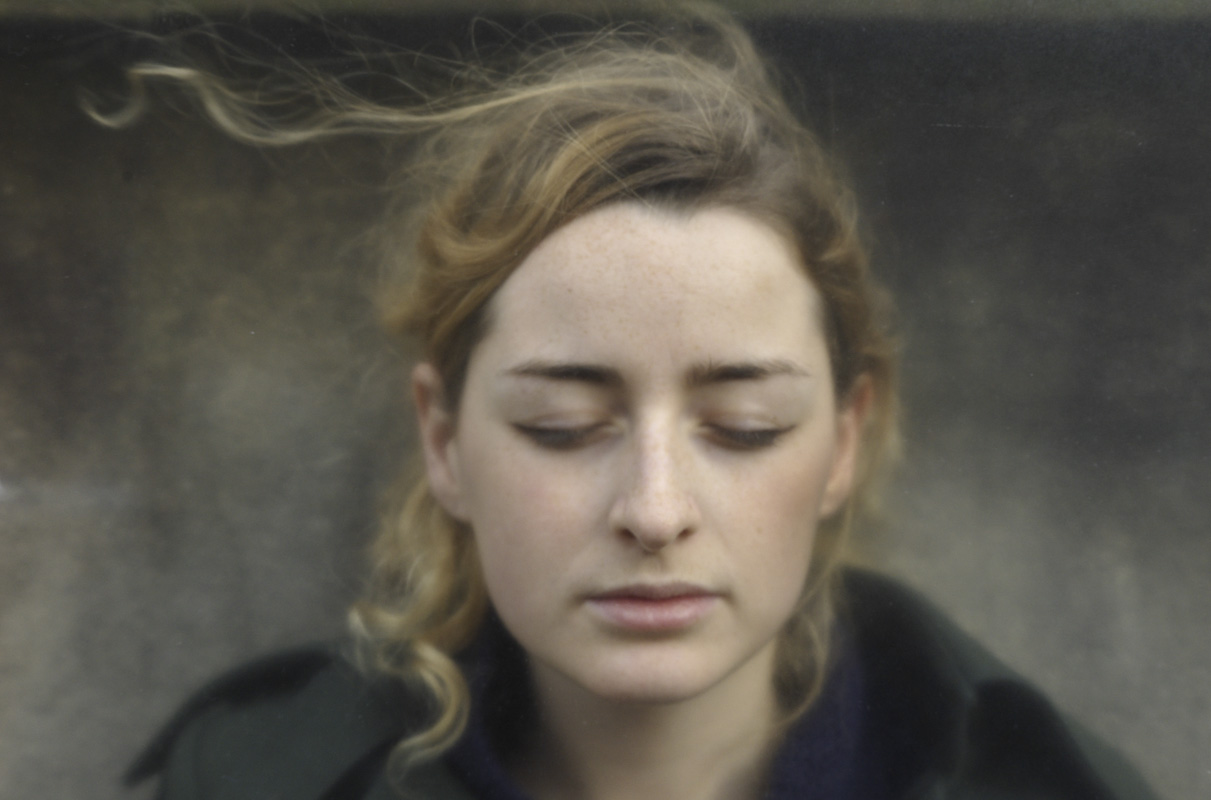
For your Glass series, you write that your intent was to “let photographers experience the position of the subject.” Therefore, you had them sit behind glass and close their eyes, waiting for their portrait to be taken. The eerie thing, however, is that they ended up seeming lifeless. Could you talk about this series and your aim with it?
Vulnerability was the key theme to this project. I wanted to know why subjects often refuse to be photographed or express a dislike for it. I aimed to play with the process and what it represents as well as the emotions of each photographer. The glass acts as a barrier, mimicking that of the glass of the camera lens. The idea of keeping their eyes closed strips my subjects of any control hence purposely working with photographers. But they were not intended to look morbid, the silence of the prolonged moment created an experience of serenity and isolation. All of the images were taken outside and the act itself of closing ones eyes, feeling the wind, apprehending the camera shutter caused tension.
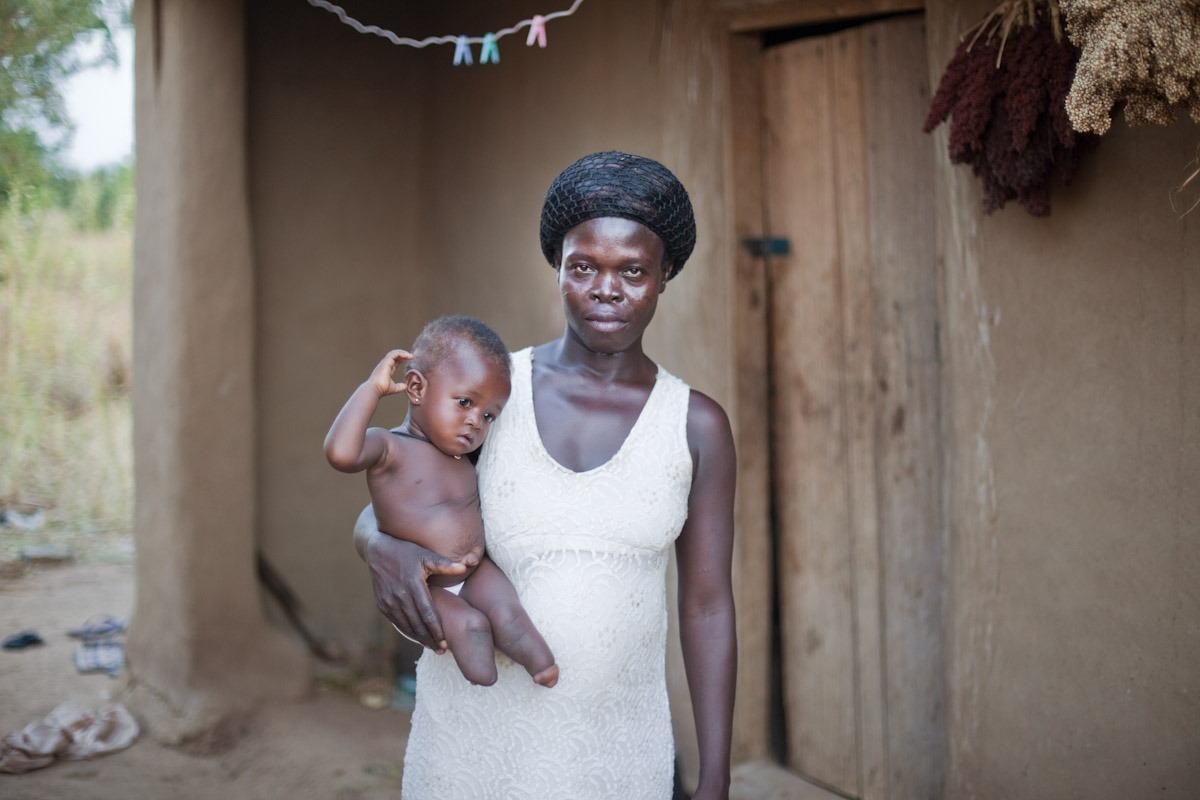
In your preface to Glass, you say you want to explore the relationship between photographer and subject. What is your view on the relationship between photographer and subject? What are the necessary responsibilities every photographer must keep in mind?
As a photographer I carry the burden that an audience will interpret my images. My intention is always to engage with my subjects, for that connection I form with them will continue through to the viewer. I can only try to empathize and respect my subjects and ensure that they are comfortable. When I have a pre-conceived idea, I will demonstrate my idea before asking my sitter to replicate it. I want to ensure that those I photograph feel empowered and safe.

Your photograph of Shay is powerful (above). Her face conveys so much weariness. How did you capture that moment?
Some subjects have a special gaze or look about them. I can’t explain why I am drawn to capture or photograph certain people. Shay was a young girl I worked with a long time. We developed a comfortable relationship and met up on several occasions to take pictures. One certainty was that any time that we did meet the day would be unpredictable. That specific day we were due to shoot at Nan’s house. It turned out that her Nan was out, and we did not have anywhere to go. I decided that we should drive to a nice spot near the golf course in Brighton. We stopped, I can’t remember why, and Shay asked to have a cigarette in my car. I instantly refused but as the sun began to set I agreed she could smoke if I could frame the moment. It was a very organic and relaxed moment.
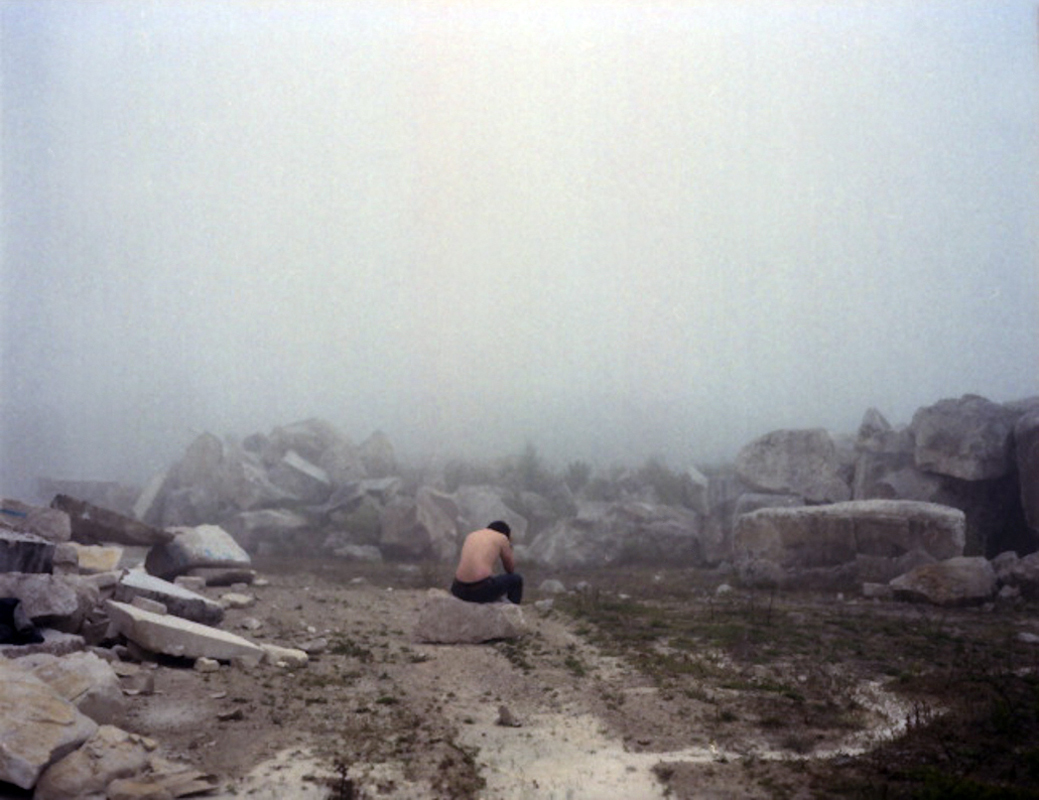
The Walks is shot in color while much of street photography is shot in black & white. Why did you choose color?
When I first began to take pictures, I’d always shoot black and white and shot around London for about a year. It felt free of worry and, although I considered the moments I chose, I seemed to churn through many rolls of 35mm film a week. As my knowledge grew so did my influences. There are photographers whose work I’ll always admire but the more photography I saw, the more my desire to shoot color grew. Image-makers like Di Corcia, Jeff Wall and Crewsdon choose their palette carefully and some of their images rely on color. When forming ideas I often struggle not to consider tones and colors.
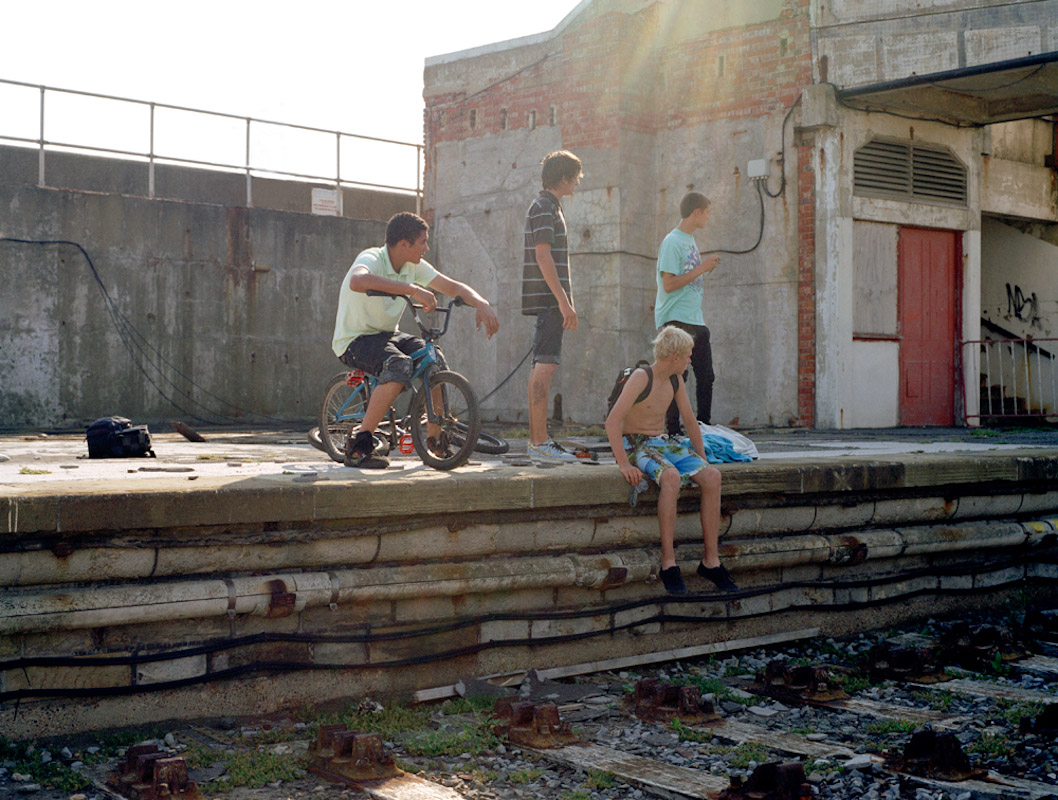
You have done some commercial work. How did you secure your first commercial project?
I shot my first editorial portrait for the Saturday Telegraph magazine whilst I was at university. Simon Roberts kindly introduced me to the editor when I was assisting for him.
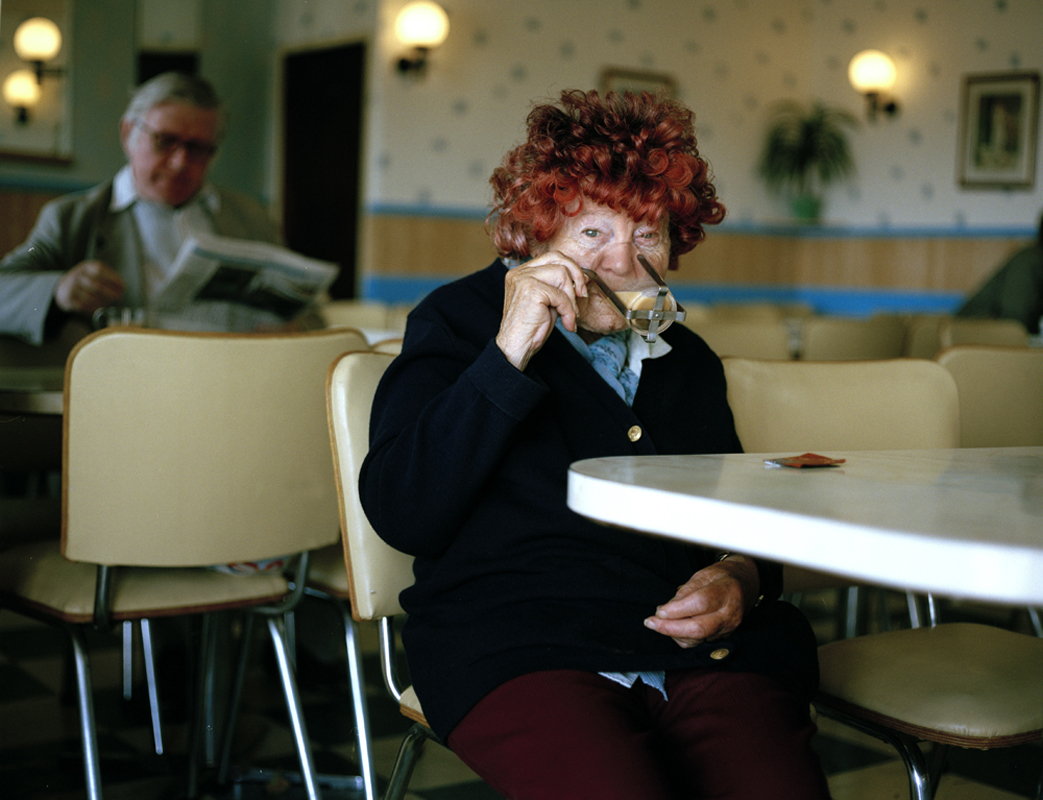
If you could talk to yourself when you first started photography, what would be the three most important advices you would give?
Take more pictures. That is all.
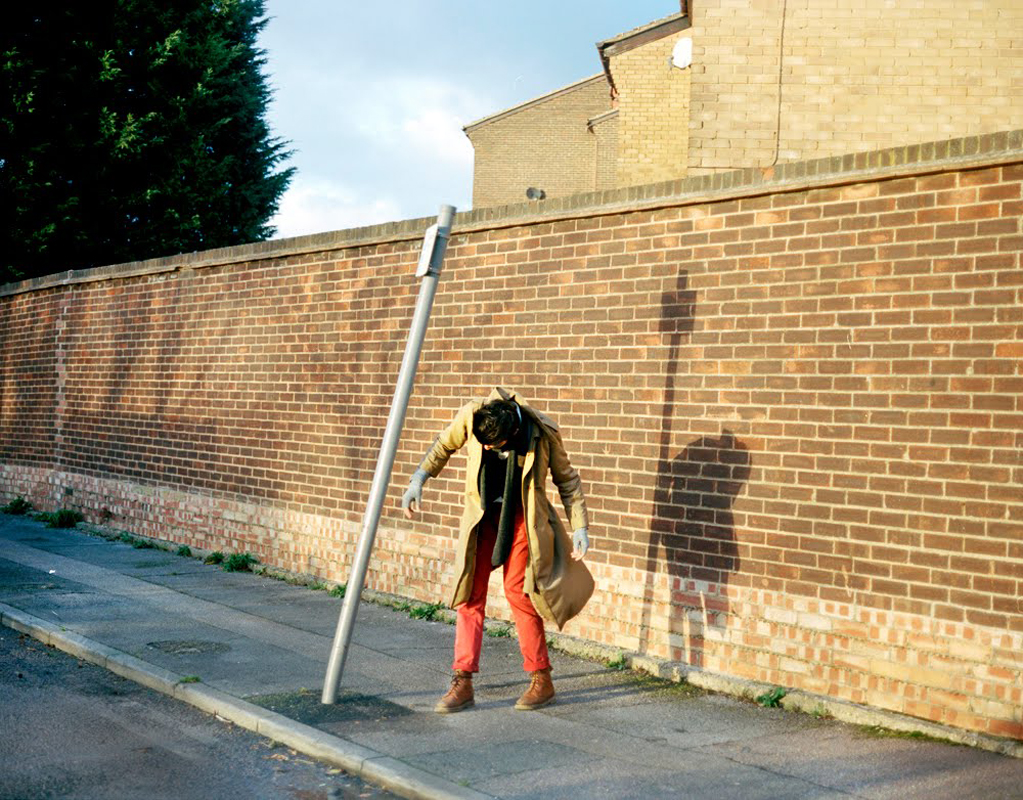
Be sure to check out Laura’s work on her website and facebook
